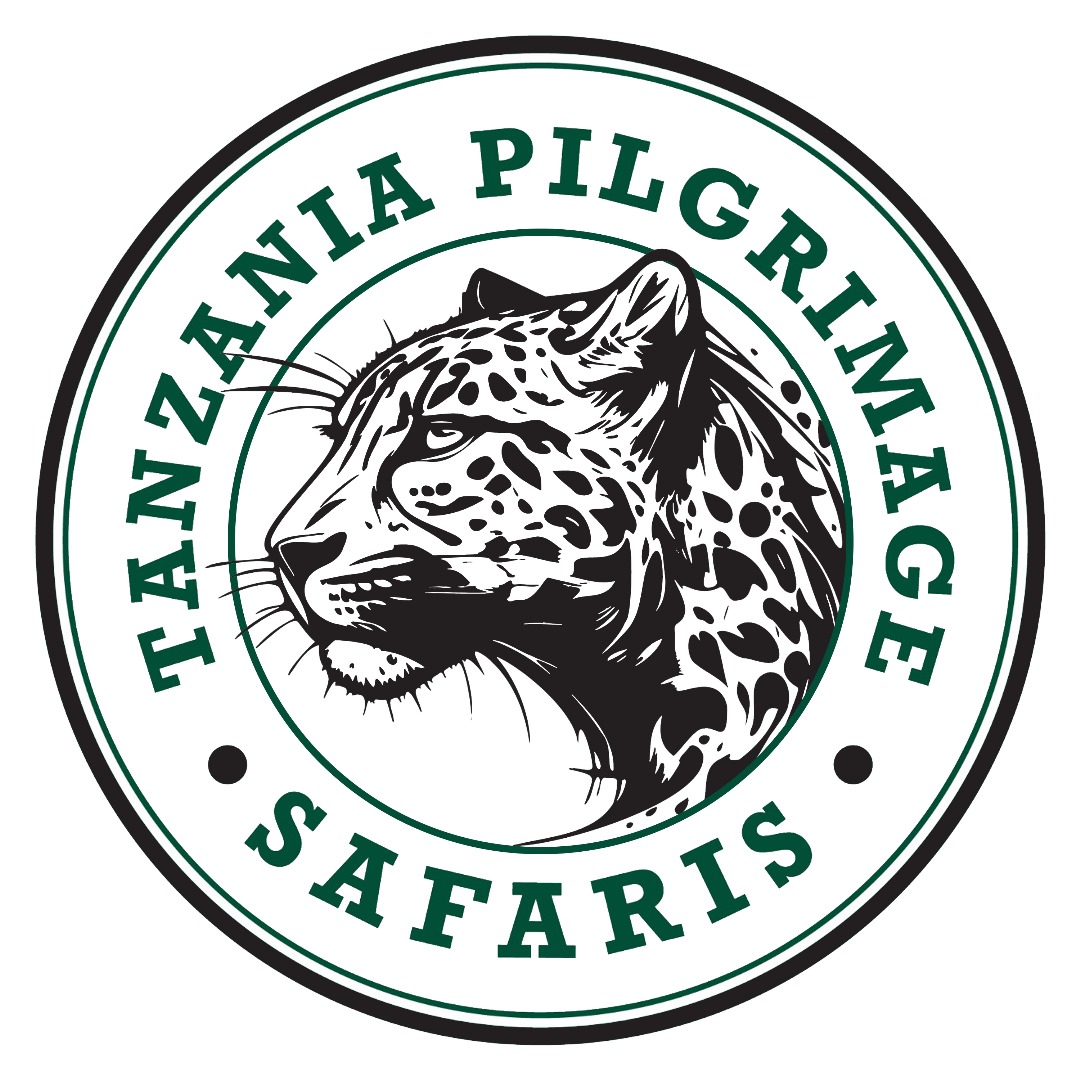The cool, dry months of spring from June to October and the hot and dry summer months of December to February are the best times to visit.
High season
For wildlife viewing the dry season from June to October is best, but the period from November to March also still gives plenty of options to see a huge variety of wildlife. Depending on the rains the Selous might either be very wet during this time, and boat trips are the best way to get around, or it is very dry and a lot of animals can be seen around the remaining water sources.
Low season
Most camps close for the long rains in April and May, opening up again in June.
Best time to see the wild dogs in the Selous Game Reserve
Although the wild dogs are also seen regularly in other times of the year, it is easiest to locate them during their denning period from June to August. This time they will not roam too far from the den and the area to search for them is smaller. This is no guarantee to see them, but it definitely increases your chances.
Best time to see birds in the Selous Game Reserve
The Selous is an excellent birding destination with more than 440 birds species recorded in the area. From November to April migrant birds are also around and the resident birds mate and nest during this time. You will see many in their colourful breeding plumage.
From December to February the colourful northern carmine bee-eaters are in the Selous Game Reserve and if there has been enough rain they will swoop around your safari vehicle as it drives through the grass. Picking up the insects disturbed by the vehicle straight from the air. A truly remarkable and aerobatic sight.
